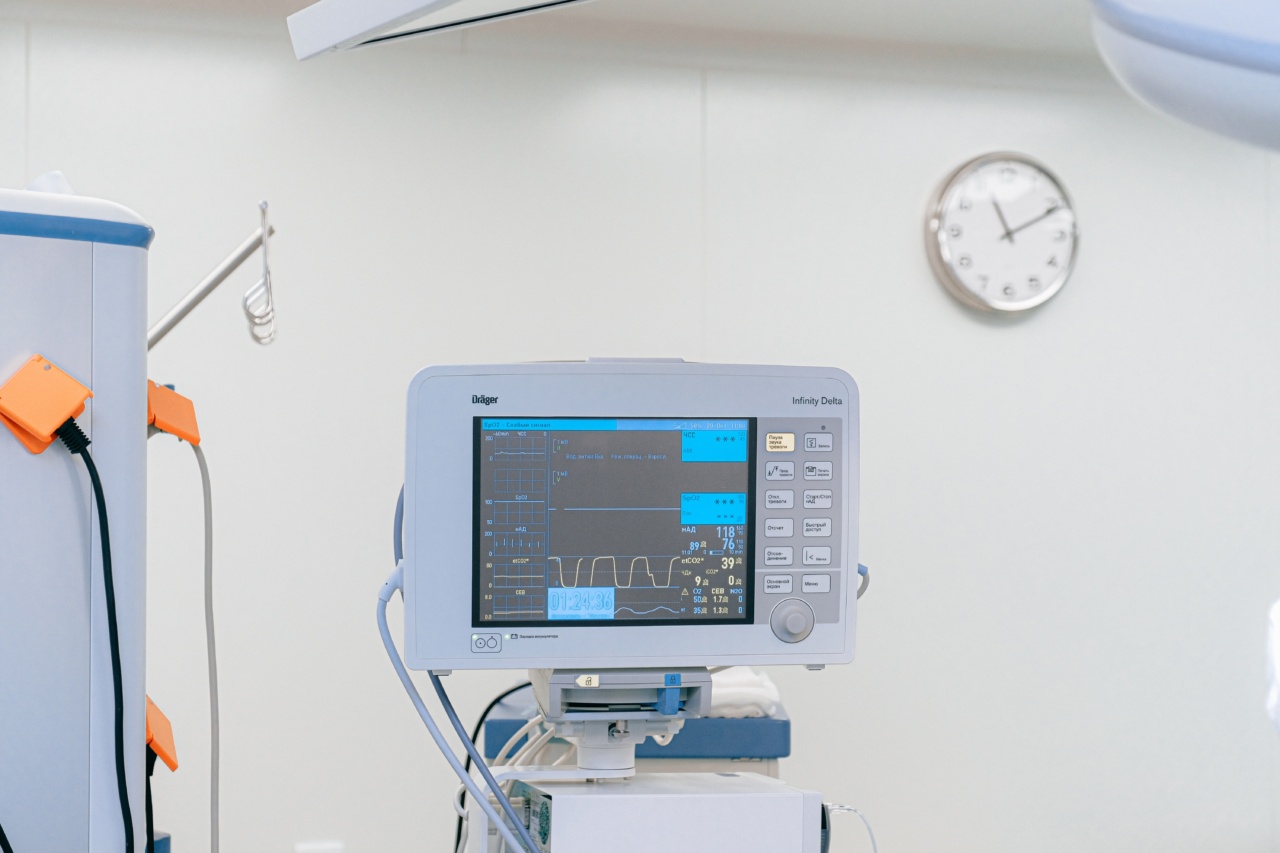In today’s fast-paced world, finding time to relax and unwind is more important than ever.
Whether it’s through meditation, deep breathing exercises, or simply taking a few moments to disconnect from technology, relaxation techniques have many benefits for both the mind and the body. One of the key indicators of true relaxation is a normal heart rate.
What is Heart Rate?
Heart rate, also known as pulse rate, refers to the number of times your heart beats per minute. It is a vital sign that can provide valuable insights into your overall health and well-being.
The heart rate varies depending on various factors such as age, fitness level, activity level, and even emotions.
Understanding Heart Rate Variability (HRV)
Heart rate variability (HRV) is the fluctuation in the time interval between consecutive heartbeats. It is an indicator of the autonomic nervous system’s ability to regulate the heart rate and respond to stress.
HRV is considered a marker of overall health and fitness, with higher variability associated with better health outcomes.
The Relationship Between Heart Rate and Relaxation
When we are in a relaxed state, our heart rate tends to decrease. This is because the parasympathetic nervous system, also known as the “rest and digest” system, gets activated, leading to a decrease in heart rate.
On the other hand, when we are stressed or anxious, the sympathetic nervous system, also known as the “fight or flight” system, gets activated, resulting in an increased heart rate.
The Role of the Vagus Nerve in Relaxation
The vagus nerve is a major component of the parasympathetic nervous system and plays a crucial role in relaxation. It serves as a direct connection between the brain and the heart, regulating various bodily functions, including heart rate.
Stimulation of the vagus nerve, through practices such as deep breathing, can help activate the parasympathetic nervous system and promote relaxation.
The Benefits of a Normal Heart Rate During Relaxation
Maintaining a normal heart rate during relaxation has several benefits for both physical and mental well-being:.
1. Reduced Stress Levels
A normal heart rate during relaxation indicates that the body is in a state of calm and equilibrium. This can help reduce stress levels and promote a sense of overall well-being.
Regular relaxation practices have been shown to lower stress hormones in the body, leading to improved resilience to stress and better mental health.
2. Improved Sleep Quality
Relaxation techniques that contribute to a normal heart rate can help improve sleep quality. During deep sleep, your heart rate naturally slows down, allowing your body to enter a restorative state.
By practicing relaxation techniques before bed, you can help decrease heart rate and promote better sleep.
3. Enhanced Cognitive Function
When your body is relaxed and your heart rate is normal, the brain receives sufficient oxygen and nutrients for optimal functioning. This can enhance cognitive abilities such as memory, focus, and problem-solving skills.
Studies have also shown that relaxation techniques can boost creativity and improve overall mental performance.
4. Improved Heart Health
Maintaining a normal heart rate during relaxation helps promote cardiovascular health. When your heart is in a relaxed state, it doesn’t have to work as hard to pump blood throughout the body, reducing the strain on the cardiovascular system.
Regular relaxation practices have been linked to a lower risk of heart disease, hypertension, and other cardiovascular conditions.
5. Enhanced Immune Function
Chronic stress can weaken the immune system, making you more susceptible to illnesses and infections. By practicing relaxation techniques and maintaining a normal heart rate, you can support a healthy immune system.
Research has shown that regular relaxation practices can boost immune function and improve the body’s ability to fight off pathogens.
How to Achieve and Maintain a Normal Heart Rate During Relaxation
There are several effective techniques to achieve and maintain a normal heart rate during relaxation:.
1. Deep Breathing Exercises
Deep breathing exercises, such as diaphragmatic breathing or box breathing, can help activate the parasympathetic nervous system and reduce heart rate. Focus on taking slow, deep breaths, inhaling through your nose and exhaling through your mouth.
2. Meditation and Mindfulness
Practicing meditation and mindfulness can help calm the mind and body, leading to a decrease in heart rate. Find a quiet and peaceful space, close your eyes, and focus on your breath or a specific point of concentration.
Allow your thoughts to come and go without judgment.
3. Progressive Muscle Relaxation
Progressive muscle relaxation involves systematically tensing and relaxing different muscle groups to promote deep relaxation. Start by tensing and releasing the muscles in your toes, then gradually work your way up to your head.
This technique can help release physical tension and lower heart rate.
4. Yoga and Stretching
Yoga and stretching exercises can help relieve muscle tension and promote relaxation. The combination of gentle movements, deep breathing, and mindfulness can lead to a normal heart rate during and after the practice.
5. Engaging in Hobbies and Leisure Activities
Participating in activities that bring you joy and relaxation, such as reading, painting, gardening, or listening to music, can help reduce stress and maintain a normal heart rate. Make time for activities that make you happy and allow you to unwind.
Conclusion
A normal heart rate during relaxation is an essential component of overall well-being.
By engaging in relaxation techniques and promoting a sense of calm, you can experience the numerous benefits, including reduced stress levels, improved sleep quality, enhanced cognitive function, and better heart health. Incorporate these techniques into your daily routine to support a healthy mind and body.






























